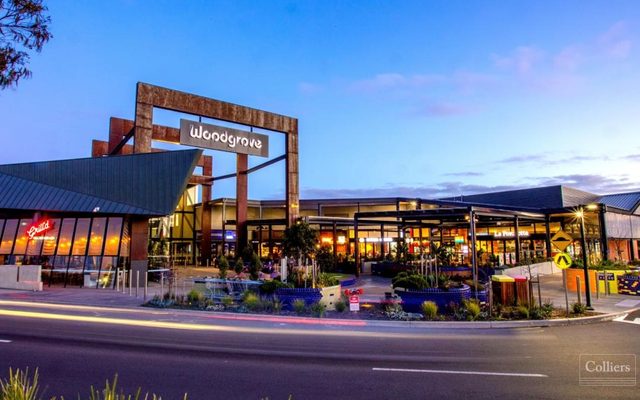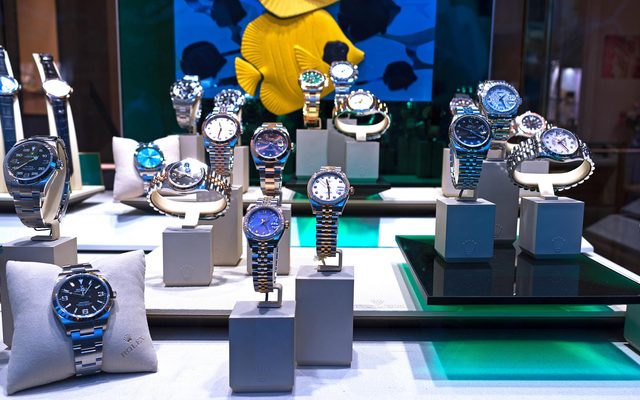This article is from the Australian Property Journal archive
DESPITE weakness in consumer sentiment, continued demand for retail space from foreign brands such as Uniqlo and Sephora, have underpinned a 3.7% growth in national rents in 2014.
The growth were supported by a significant 10.7% hike in New South Wales, according to CBRE’s Q4 Australia Retail MarketView.
CBRE’s head of research Australia Stephen McNabb said foreign retailers competing for prime CBD space in a low-vacancy environment have contributed to higher CBD rents. During the quarter, cosmetics retailer Sephora and Uniqlo, both opened in Sydney’s Pitt St and Swedish mid-range fashion retailer COS in Elizabeth St Melbourne.
Sydney CBD retail rents increased by 10.7% during Q4 to $3,259 per sqm followed by Melbourne CBD with 7.8% to $3,392 per sqm.
However, outside of those two cities, rental growth was muted. Brisbane CBD grew by 0.1% to $3,155 per sqm, whilst Perth CBD was unchanged at $2,881 per sqm. Adelaide CBD was also steady at $2,450 per sqm.
CBRE retail services national director Alistair Palmer said foreign retailers remain the headline story in high street retailing as their store rollouts continue to gain momentum.
“Australia’s high consumption per capita relative to other economies, with expectation of further growth, is garnering strong interest from foreign retailers as they reach saturation in their home markets and look abroad for growth opportunities,” he added.
“The new offshore entrants had vertically integrated supply chains and/or sheer economic of scale at all stages of the supply chain which gave them a competitive advantage in terms of higher gross margins, allowing them to service higher occupancy costs and secure prime CBD locations.
“As a result of this, many domestic retailers are being priced out of prime locations. We expect domestic retailers to either be willing to pay higher rents or relocate to secondary locations. Domestic retailers are also repositioning and reinventing themselves to target niches between the mass and high-end luxury markets such as the fast growing ‘affordable luxury’ segment,” Palmer said.
Rental growth is also emerging in the regional, sub regional, neighbourhood and large format sectors, with regional face rents tipped to grow by 2.6% this year, followed by 2.8% growth in 2016.
Regional centre rents grew by 1.1% nationally during 2014, with a highlight being the 5.5% growth recorded in Victoria, to $1,653 per sqm. QLD nudged 1.8% higher to $1,565 per sqm. However NSW and SA were flat at $2,136 per sqm and $1,375 per sqm, respectively. Meanwhile WA regional rents declined by 0.6% to $1,684 per sqm.
In the sub regional market, QLD was the top performer with 1.9% growth to $1,100 per sqm. Elsewhere rents were flat. NSW was $1,093 per sqm, Victoria $739 per sqm and SA $675. WA sub regional rents declined by 0.7% to $813 per sqm.
“Expectations for rent growth are improving across most parts of the retail sector reflecting the improved trading conditions and sales growth seen in 2014.
“We expect 2015 will see rental growth in regional centres, following years of anaemic growth.
“Retailer profit margins have fallen in the past two quarters due to rising competition and the weakening AUD but are still relatively high after a period of consolidation and cost cutting. Retailer business confidence, whilst modest, is improved on the weak levels of 2013. Fundamentals are now more supportive of rental growth and this has driven stronger investor interest in the retail sector,” McNabb said.
Another 2015 trend is expected to involve more leasing activity from luxury foreign retailers as opposed to fast fashion retailers. They are also increasing targeting regional shopping centres, which will help support rental growth and redevelopment activity in the regional sector.
“A few dozen luxury food and beverage retailers are searching for suitable opportunities in 2015 and beyond,” Palmer said.
The report also highlights that regional centre managers are increasingly focused on changing their tenancy mix to boost performance and respond to both the behavioural changes of shoppers and competition from online retailing.
“In the medium to long term we expect a much larger proportion of centre GLAR to be occupied by leisure and retail services – potentially 20-25% in top regional centres – as landlords look to enhance the customer experience and combat online retailing as well as attract tenants who can support retail growth and whose services that cannot be bought online,” McNabb said.
Australian Property Journal



